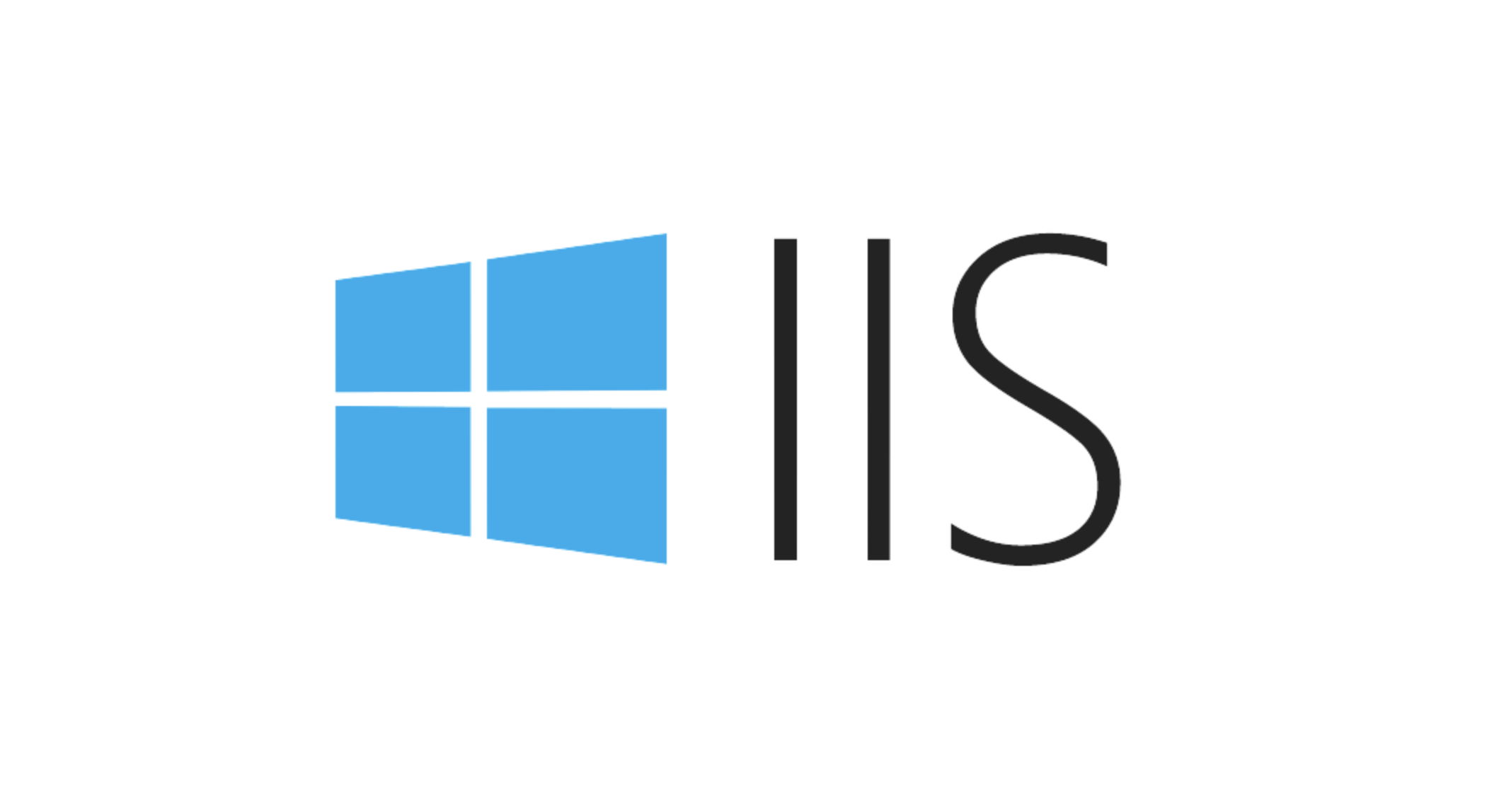Implementing WebDAV Functionality on an IIS Web Server
Jul 03, 2025 am 12:03 AMHow to set up WebDAV on IIS? First, install the necessary components, including the Web Server (IIS) role and WebDAV Publishing function; second, configure WebDAV in the IIS manager to set authorization rules and operation permissions; then configure authentication and security, enable HTTPS, Windows authentication and set NTFS permissions; finally troubleshoot common problems, such as connection failure, permission errors, and upload failures. After correct settings, secure remote file management can be achieved, and it is necessary to test whether the access and editing functions are normal.

Setting up WebDAV on an IIS web server can be a solid move if you're aiming to enable file sharing and remote authoring over HTTP. It's especially useful for teams or environments where users need to edit files stored on the server directly from their desktop applications like Microsoft Office, without having to manually upload and download.

Install the Required Components
To start with WebDAV in IIS, make sure your Windows Server has the right roles and features installed.

- Open Server Manager .
- Go to Manage > Add Roles and Features .
- Under Server Roles , ensure that Web Server (IIS) is selected.
- In the Features section, check WebDAV Publishing .
Once installed, it adds the WebDAV module to IIS, which allows for handling WebDAV requests. This setup works best on Windows Server 2012 R2 and later versions, though similar steps apply for newer OS releases.
Configure WebDAV in IIS Manager
After installing, the next step is configuring WebDAV for your website or application.

- Open IIS Manager .
- Select the site or application you want to enable WebDAV for.
- Double-click on WebDAV Authoring Rules .
- Click Allow User Explicity and set permissions based on user accounts or groups (like IIS_IUSRS).
- Then go to WebDAV Settings and configure options such as whether to allow file creation, deletion, or directory browser.
One common gotcha: by default, IIS might not allow certain operations like renaming or deleting files unless explicitly configured. Be sure to test access after setting this up using a mapped network drive or through an app like Word or Excel.
Authentication and Security Considerations
WebDAV runs over HTTP(S), so securing the connection should be a top priority.
- Always use HTTPS. Otherwise, credentials and data are sent in plain text.
- Use Windows Authentication for internal networks — it integrates well with Active Directory.
- Avoid enabling Anonymous Authentication , unless absolutely necessary.
- Set proper NTFS permissions on the physical folder being shared via WebDAV.
If users are connecting from outside the local network, consider using URL authorization or IP restrictions to limit who can access the WebDAV endpoint. Also, remember that firewalls sometimes block WebDAV ports or treat them differently — port 443 is safest when using HTTPS.
Troubleshooting Common Issues
Even if everything seems set up correctly, things can still go sideways.
- If clients can't connect: Check firewall settings, confirm that the WebDAV module is enabled, and verify that the correct authentication method is used.
- If users get permission denied errors: Make sure both IIS WebDAV permissions and underlying NTFS permissions are aligned.
- When uploads fail: Increase the request filtering limits under IIS settings. The default max request size may be too small for large files.
Also note that some clients (especially older versions of Windows) may have trouble mapping drives to a WebDAV share over HTTPS unless registry tweaks or group policies are applied.
Basically that's it. With the right setup and attention to security, WebDAV on IIS can provide a reliable way to manage content remotely. Just don't skip the testing part — try accessing and modifying files from different clients to make sure everything behaves as expected.
The above is the detailed content of Implementing WebDAV Functionality on an IIS Web Server. For more information, please follow other related articles on the PHP Chinese website!

Hot AI Tools

Undress AI Tool
Undress images for free

Undresser.AI Undress
AI-powered app for creating realistic nude photos

AI Clothes Remover
Online AI tool for removing clothes from photos.

Clothoff.io
AI clothes remover

Video Face Swap
Swap faces in any video effortlessly with our completely free AI face swap tool!

Hot Article

Hot Tools

Notepad++7.3.1
Easy-to-use and free code editor

SublimeText3 Chinese version
Chinese version, very easy to use

Zend Studio 13.0.1
Powerful PHP integrated development environment

Dreamweaver CS6
Visual web development tools

SublimeText3 Mac version
God-level code editing software (SublimeText3)

Hot Topics
 How to generate URL from html file
Apr 21, 2024 pm 12:57 PM
How to generate URL from html file
Apr 21, 2024 pm 12:57 PM
Converting an HTML file to a URL requires a web server, which involves the following steps: Obtain a web server. Set up a web server. Upload HTML file. Create a domain name. Route the request.
 How to open iis application pool
Apr 09, 2024 pm 07:48 PM
How to open iis application pool
Apr 09, 2024 pm 07:48 PM
To open an application pool in IIS: 1. Open IIS Manager; 2. Navigate to the "Application Pools" node; 3. Right-click the target application pool and select "Manage"; 4. Click "Advanced Settings" Tab; 5. Application pool configuration can be viewed and modified here.
 Can iis log files be deleted? How to delete them?
Apr 09, 2024 pm 07:45 PM
Can iis log files be deleted? How to delete them?
Apr 09, 2024 pm 07:45 PM
Yes, it is possible to delete IIS log files. Removal methods include selecting the website or application pool through IIS Manager and deleting the log file in the Log Files tab. Use a command prompt to go to the log file storage directory (usually %SystemRoot%\System32\LogFiles\W3SVC1) and use the del command to delete the log file. Use third-party tools such as Log Parser to automatically delete log files.
 How to solve iis cannot start
Dec 06, 2023 pm 05:07 PM
How to solve iis cannot start
Dec 06, 2023 pm 05:07 PM
Solutions to iis failure to start: 1. Check the integrity of the system files; 2. Check the port occupancy; 3. Start related services; 4. Reinstall IIS; 5. Reset the Windows system; 6. Check the metabase file; 7. Check file permissions; 8. Update the operating system and applications; 9. Avoid installing too many unnecessary software; 10. Back up important data regularly. Detailed introduction: 1. Check the integrity of system files, run system file checking tools, check the integrity of system files, etc.
 iis cannot start solution
Oct 24, 2023 pm 03:04 PM
iis cannot start solution
Oct 24, 2023 pm 03:04 PM
Solution: 1. Check whether the IIS service has been installed; 2. Check dependent services; 3. Check port conflicts; 4. Check configuration files and permissions; 5. Re-register IIS related components; 6. Check log files.
 What should I do if iis cannot start?
Dec 06, 2023 pm 05:13 PM
What should I do if iis cannot start?
Dec 06, 2023 pm 05:13 PM
Solutions to iis failure to start: 1. Check the integrity of the system files; 2. Check the port occupancy; 3. Start related services; 4. Reset the IIS configuration; 5. Reinstall IIS; 6. Check the event viewer log; 7 , Regular maintenance and updates; 8. Back up important data. Detailed introduction: 1. Check the integrity of the system files, run the system file checking tool, check the integrity of the system files, if you find problems with the system files, you can try to repair or replace the damaged files; 2. Check the port occupancy, in Windows Command prompt method.
 How to open iis manager on computer
Apr 09, 2024 pm 07:24 PM
How to open iis manager on computer
Apr 09, 2024 pm 07:24 PM
IIS Manager can be opened through Control Panel, Command Prompt, or Run window. Once opened, it contains detailed information and configuration settings about the web server, organized into: Server, Site, Application Pool, Feature View, and Common Tasks.
 How to set up iis protocol
Apr 09, 2024 pm 07:39 PM
How to set up iis protocol
Apr 09, 2024 pm 07:39 PM
To set up the IIS protocol, follow these steps: Open IIS Manager, select the website. In the Actions panel, click Bind. Add the protocol to use (HTTP or HTTPS), specify the IP address and port. For HTTPS, configure the SSL certificate, select the certificate type and certificate. Save the changes and test the binding.






